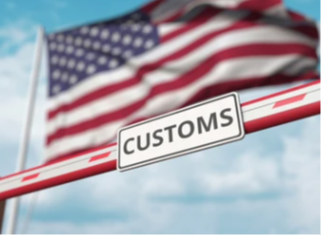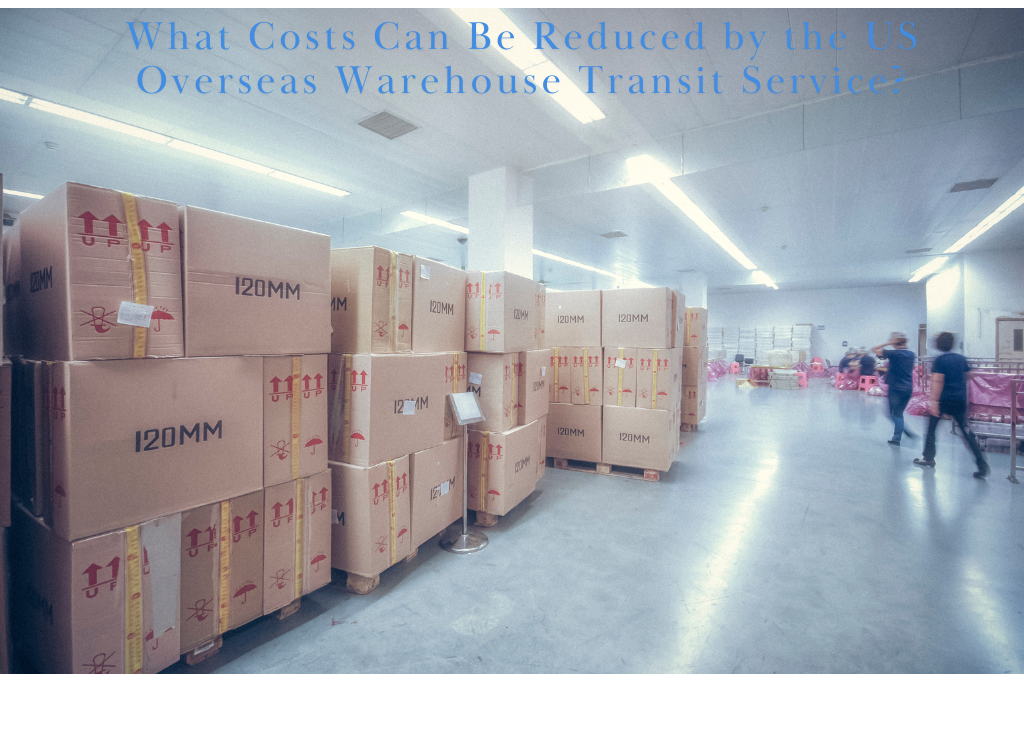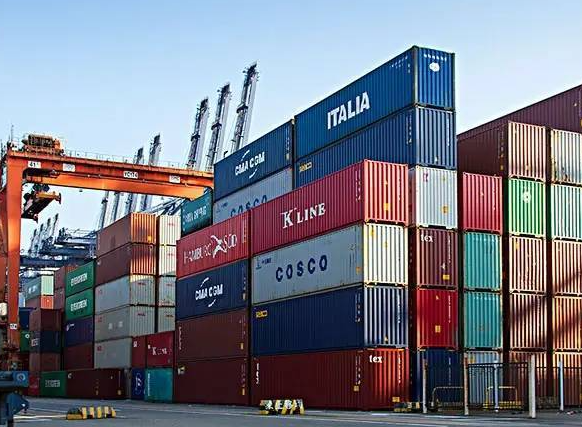FBA LCL Quote
FBA 40HQ FCL Quote
When shipping goods to Amazon FBA warehouses, choosing the right shipping method can significantly impact your overall logistics strategy. This decision affects costs, delivery times, and the success of your business.
Sea Express and Sea Cart are two popular first-mile shipping options for FBA sellers. However, these two methods each have distinct characteristics that may suit different business needs.
Both services help Amazon sellers transport goods to FBA warehouses, but understanding the differences between them can help you save time and reduce costs in the long run.
This article compares Sea Express and Sea Cart, looking at transportation methods, cost structures, delivery speed, and the types of products best suited for each.
By understanding these differences, sellers can make informed decisions based on their unique needs and business requirements.
Transportation Method and Flexibility
Sea Express:
Sea Express combines both sea freight and air courier services to complete the delivery process.
Goods are first shipped by sea to a destination port, and once the shipment reaches the port, the final leg of delivery is handled by an international air courier company.
These courier companies then deliver the goods directly to the Amazon FBA warehouse.
Process: The journey begins with sea freight. Once the goods arrive at the port, the last segment of the journey is handled by an air courier.
Product Suitability: Ideal for smaller, lighter products such as electronics, clothing, and accessories.
Flexibility: Sea Express is limited by the size and weight restrictions set by air courier services, making it suitable only for lightweight and small items.
Sea Cart:
Sea Cart follows a slightly different process. Like Sea Express, goods are first shipped by sea to a destination port.
Once they arrive, however, the goods are transferred onto a truck for delivery directly to the Amazon FBA warehouse.
Process: The goods travel via sea freight initially, but once they reach the port, they are delivered by truck.
Product Suitability: This method works better for larger, bulkier, and heavier products, such as furniture, home appliances, and large electronics.
Flexibility: Sea Cart has fewer restrictions regarding weight and size. This makes it more flexible for shipping larger items compared to air courier-based services.
Cost Calculation Method
Sea Express:
The cost of Sea Express is generally calculated based on the weight of the shipment, usually in kilograms (KG).
Since Sea Express is more suited to lightweight products, it is often a more affordable choice for small, heavy products.
Cost Structure: Sea Express charges according to the weight of the goods. The price is calculated in kilograms.
Additional Services: Sea Express often includes customs clearance and taxes paid services, simplifying international shipping and customs processes for the seller.
Sea Cart:
Sea Cart, on the other hand, calculates shipping costs based on volume rather than weight.
Shipping costs are usually measured in Cubic Meters (CBM), which makes Sea Cart ideal for shipping bulkier items that may not be particularly heavy but take up more space.
Cost Structure: Sea Cart pricing is based on volume, which is typically measured in Cubic Meters (CBM).
Volume Optimization: Sea Cart is more economical for shipments with a higher volume but lower weight. Sellers can maximize cost-efficiency by optimizing container space.
Delivery Speed and Stability
Sea Express:
Sea Express offers faster delivery times compared to Sea Cart.
This is because Sea Express uses air courier services for the final leg of the journey, which helps speed up the overall delivery time, particularly for smaller shipments.
Delivery Speed: Sea Express delivers within 3-7 days. The use of air courier services makes this method faster.
Stability: Despite its faster delivery, Sea Express can experience delays, especially during peak periods or if there are complications at the ports. Factors such as increased demand, port congestion, or air traffic disruptions can lead to delays.
Sea Cart:
Sea Cart tends to have slower delivery times than Sea Express because it primarily relies on sea freight and truck transportation for delivery.
However, Sea Cart provides greater stability due to the fewer variables involved in the shipping process.
Delivery Speed: Sea Cart typically delivers within 5-10 days, depending on the distance from the port to the FBA warehouse.
Stability: Sea Cart is less affected by air traffic or port congestion, which makes it a more reliable and stable option for deliveries, especially in busy seasons.
Shipping Restrictions
Sea Express:
Sea Express is more limited by size and weight restrictions due to its reliance on air courier services.
For example, individual packages typically cannot exceed 30 kg in weight, and the length of any side should not exceed 120 cm.
This makes Sea Express unsuitable for larger or bulkier items that may not meet these restrictions.
Weight Limit: Packages should not exceed 30 kg in weight.
Size Limit: The maximum length of any side should be 120 cm.
Product Suitability: Sea Express is ideal for smaller, lighter goods, but not for oversized or heavy shipments.
Sea Cart:
Sea Cart has fewer restrictions when it comes to size and weight.
Since it relies on sea freight and truck transport, this method can accommodate larger and heavier products.
Weight and Size Flexibility: Sea Cart is better suited for large, bulky items. There are minimal restrictions regarding weight and size.
Product Suitability: If you're shipping oversized items, Sea Cart is the more suitable option due to its flexible nature.
Applicable Scenarios
Sea Express:
Sea Express is best suited for smaller and lighter items that need to be shipped quickly.
This method is ideal for products that require fast restocking or for sellers who need quick turnover of inventory.
Best For: Smaller, lightweight products.
Use Case: Sea Express is ideal for fast-moving products like electronics, fashion accessories, or small home goods.
Shipping Frequency: It works well for sellers who need to restock quickly or replenish their inventory rapidly.
Sea Cart:
Sea Cart is more appropriate for bulk shipments, larger goods, or for sellers looking to control shipping costs.
For larger products or those with low urgency, Sea Cart is often the preferred method.
Best For: Larger or bulkier items, or when cost control is the priority.
Use Case: Ideal for shipping furniture, appliances, or large electronics.
Shipping Frequency: Sea Cart is ideal for sellers shipping in bulk or those prioritizing low-cost logistics.
Additional Considerations
Seasonal Delays:
Both Sea Express and Sea Cart can face delays during peak shipping seasons like Chinese New Year, Black Friday, or Christmas.
Shipping demand during these times tends to rise significantly, leading to possible disruptions.
It's essential to plan ahead and expect additional time for processing and shipping during these periods.
Sea Express: Susceptible to delays during peak seasons due to air traffic and congestion at international ports.
Sea Cart: While it’s less affected by air traffic, sea freight can still face delays during busy periods, especially due to port congestion.
Environmental Impact:
Sea Cart is a more eco-friendly option compared to Sea Express.
This is because air freight tends to consume more fuel and generate more carbon emissions compared to sea freight.
For sellers looking to reduce their carbon footprint, Sea Cart is a better option.
Sea Cart: More environmentally friendly due to the lower fuel consumption of sea freight.
Sea Express: Uses air freight, which typically results in a higher carbon footprint.
Optimizing Shipments:
Effective packaging is crucial for both Sea Express and Sea Cart.
With Sea Express, sellers need to consider packaging size and weight carefully to avoid additional fees.
For Sea Cart, the focus should be on optimizing the use of available shipping container space, especially for large shipments.
Sea Express: Be mindful of weight and size restrictions to avoid extra charges.
Sea Cart: Maximize space utilization to make shipments more cost-effective.
Conclusion
Choosing between Sea Express and Sea Cart depends on the type of goods being shipped and the seller's priorities.
Sea Express is a faster method, ideal for smaller, lightweight products that need quick delivery.
Sea Cart, on the other hand, is better suited for bulkier, larger shipments, especially when cost control is a priority.
By understanding the key differences in transportation methods, cost structures, delivery speeds, and product suitability, sellers can make more informed choices tailored to their needs.
FAQs
What is the main difference between Sea Express and Sea Cart for FBA shipping?
Sea Express uses air courier for the final delivery, making it faster, while Sea Cart uses truck transport and is better for bulkier items.
Which option is better for large items?
Sea Cart is ideal for large, heavy, or bulky products due to fewer size and weight restrictions.
How are shipping costs calculated for Sea Express and Sea Cart?
Sea Express is based on weight, while Sea Cart is based on volume (CBM).



